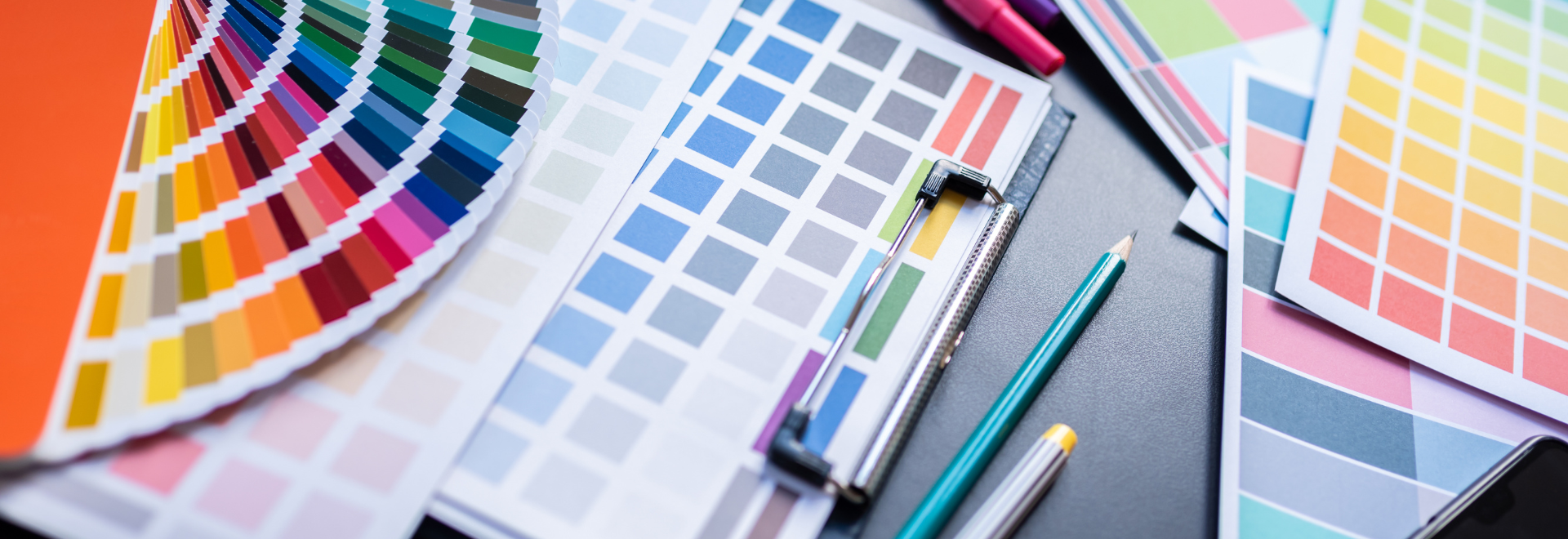

I hope everyone had a fun and sugar-ful Halloween! We didn’t get as many trick-or-treaters as we hoped, so we are going to be on quite the sugar high this week. 🙂
I’ve definitely been enjoying all things fall since I got home from Italy at the end of September. It has been even more enjoyable with our two 4-month-old goldens, Cooper + Lola; and yup, we did the crazy thing and got 2 puppies because everyone said it would be easier with two. It has been interesting and exhausting, to say the least! Haha! But I would do it all over again and get 2 because they are the sweetest and most loving dogs!
They have also been loving all things fall – from the apples we brought home from Indian Ladder Farms – to playing in the leaves! I restrained myself from getting them Halloween costumes because they would have torn them to shreds, but next year it’s happening!!
But now back to September and our trip to Italy. It’s crazy to think that a month ago, we were eating all the cured meats and cheeses, and looking at the latest and greatest in porcelain and ceramic tile.
Before I dive into some looks and trends we saw at the show, I want to discuss the macro trend (overarching theme), which is the “why” behind the looks and trends we saw at Cersaie.
The defining macro trend for Cersaie was technology-based and focused on 3D digital printing, and let me tell you it was impressive!!
New 3D digital printing creates an additive and subtractive quality for porcelain tile. From what I understand of this process, the printer creates glazes that add or build onto the surface of the tile, or that create a carved effect. These details sync with other design elements occurring on the tile, enhancing the visual aspect.
Here are a couple of examples that are enhanced with the 3D print technology…
If you don’t know the evolution of creating graphics on tile, I’ll give you the cliff notes version for technology used prior to digital printing, screen printing, and rotocolor; along with the how behind digital printing on tile.
If you’d like to geek out on digital printing, here are some links to additional information on the process and the types of machinery used:
Wallpaper – Advancements in 3D Digital Printing bring porcelain wallpapers that were otherwise flat and lacking dimension to the next level this year. Spot glazes accentuate design elements, and provide added texture and depth.
So what did we see…
New Stones – These looks also capitalized on the new 3D digital printing with the most realistic visuals to date. With the spot-on precision of veins to spot glazes, and textures to visuals, stone looks ranging from travertines to slates to incredibly rare stones are making a comeback with even more depth and dimension in their look, making it increasingly difficult to tell the ‘real thing’ from its porcelain counterpart.
ColorColorColor – It felt like we were enveloped with color at every booth we walked into… Warm, muted earth tones were very present and mixed with new yellows and oranges that reflected the tones of natural minerals. The expansion of wallpapers this season also brought more color and patterns into booths, which also added to the feel of color being all around us.
Wood Looks – The wood looks we saw this year were not too weathered, but not too natural wither. They were just right! Slap some new print technology on those visuals, and you’ve got yourself a very realistic porcelain wood.
So what did we see…
Next year on National Tile Day, we will launch our 2023 Spring Summer Featured Collections that will display the new 3D print technology, along with a sprinkling of additional trends seen at Cersaie.
We’re very excited about this new technology and can’t wait to see how you will use it to elevate your next project!
As always, please contact your local Creative Materials’ Architectural Sales Consultants or Design Services for any product and design related questions.
Until next time…
E